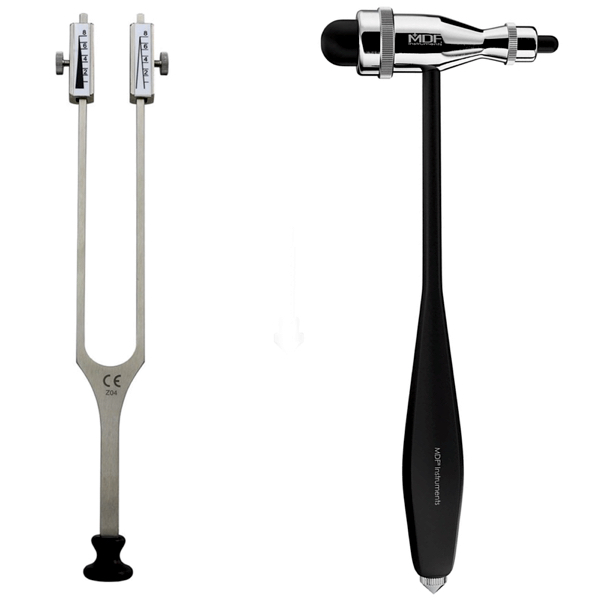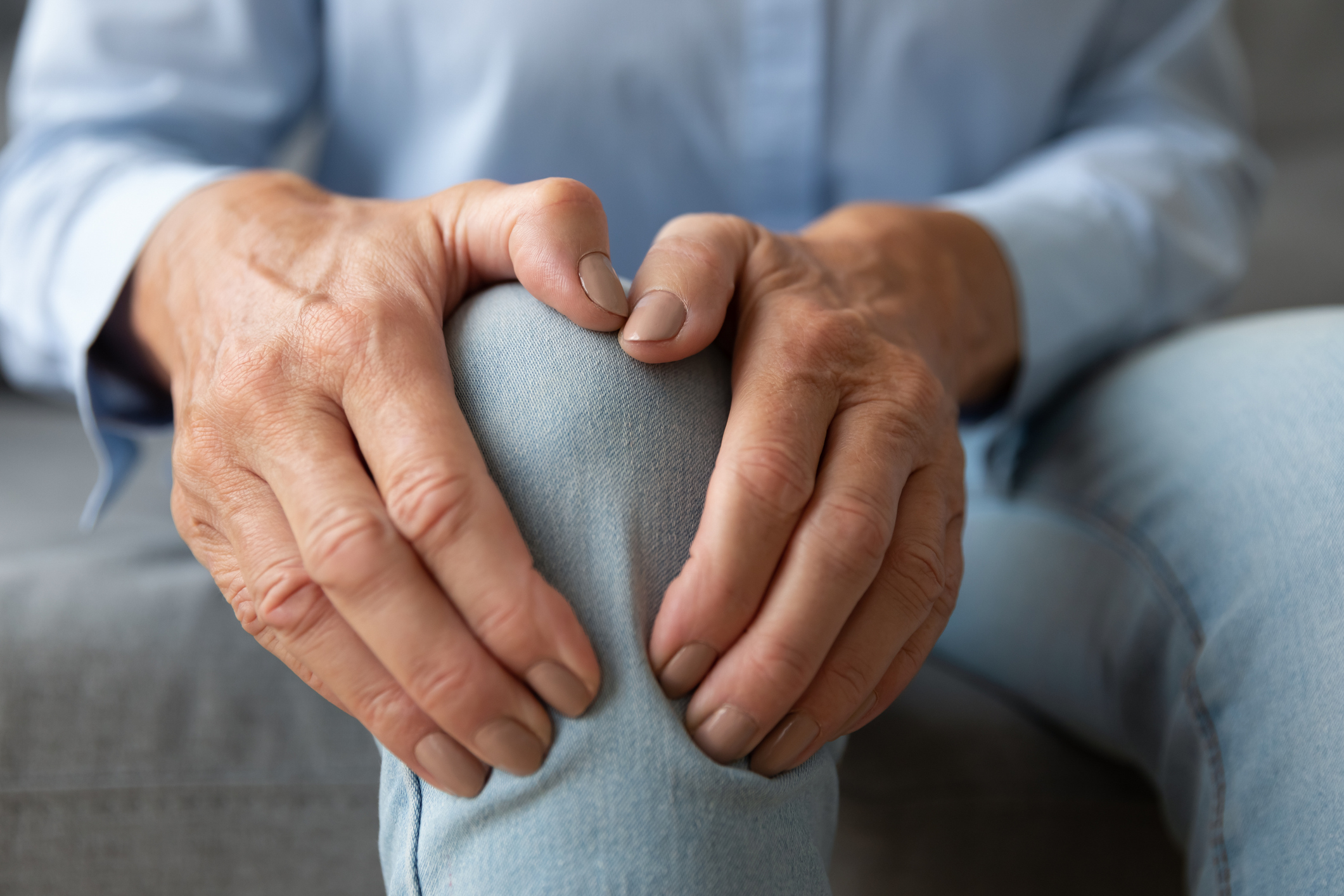What is MMN?
MMN (Multifocal Motor Neuropathy) is a rare disorder in which focal areas of multiple motor nerves are attacked by one’s own immune system. Typically, MMN is slowly progressive, resulting in asymmetrical weakness of a patient’s limbs. Patients frequently develop weakness in their hand(s), resulting in dropping of objects or sometimes inability to turn a key in a lock. The weakness associated with MMN can be recognized as fitting a specific nerve territory. There is essentially no numbness, tingling, or pain. Patients with MMN can have other symptoms, including twitching, or small random dimpling of the muscle under the skin which neurologists call fasciculations.
The clinical course of MMN is chronically progressive without remission. The prevalence of this very rare disease is estimated to be 0.6 cases in every 100,000 people, which makes it even rarer that GBS, a spontaneously self-limiting disorder in which 1-2/100,000 cases occur each year in North America and Europe.
MMN has many features similar to CIDP in that its onset is progressive over time, causing increased disability that reflects the greater number of nerve sites involved. However, unlike CIDP, MMN is asymmetric and affects the right and left side of the body differently. Unlike other forms of chronic nerve inflammation, it is thought to never remit. However appropriate treatment that is FDA approved does limit progression and improves function.
What causes MMN?
MMN is associated with increased levels of specific antibodies to GM1, a ganglioside or sugar-containing lipid found in peripheral nerve. Antibodies normally protect individuals from viruses and bacteria, but may under certain circumstances bind to and facilitate an immune attack on the peripheral nerve. These antibodies have been detected with newer assays in almost all of MMN patients. Even if these antibodies do not cause the nerve damage, they may be an important marker for disease and facilitate diagnosis.
How is MMN diagnosed?
The diagnosis of MMN is a clinical one that depends on demonstrating that the patient:
- has a purely motor disorder affecting individual nerves
- there are no UMN (upper motor neuron) signs such as brisk reflexes at the knees or ankles or spasticity in the limbs
- there is no difficulty speaking or swallowing
- there are no sensory deficits
- there is evidence of focal areas of nerve in which electrical impulses are slowed or blocked (conduction block) which can be detected on electrophysiology tests
These criteria are designed to differentiate MMN from ALS, (Lou Gehrig’s disease), Lewis-Sumner Syndrome (a multifocal inflammatory nerve disease with motor and sensory symptoms), and vasculitis or inflammation of small blood vessels in the peripheral nerve.
A neurologist is usually needed to determine the diagnosis, which is based on the history and physical examination. Tests include:
- an electrodiagnostic study, which includes nerve conduction studies (NCS) and needle electromyography (EMG).
- Laboratory testing for IgM GM1 antibodies is also frequently done.
How is MMN treated?
It is now established that intravenous immunoglobin (IVIg), a preparation of antibodies obtained from healthy volunteers, can be readily given through an arm vein and provides benefit to patients with MMN. It is the only treatment for this disorder that is approved by the Federal Drug Administration (FDA) and regulatory agencies in Europe and Canada. IVIg can lead to improved motor function in most patients with MMN, with the response varying from minimal to very large. Early treatment shortly after symptom onset is always more effective. The treatment usually does not completely reverse all of the symptoms, and those patients who do respond will require repeated treatments to maintain their improvement. Patients usually require retreatment every 2-5 weeks and over time may need increased doses of IVIg.
IVIg is not a cure for MMN but currently no other therapy has proven to be widely effective. In a limited number of patients a cancer chemotherapy drug, cyclophosphamide, is temporarily effective. However, its use is limited by the toxic side-effects and risks that accrue with chronic use. Other immunosuppressive treatments such as corticosteroids and plasma exchange are ineffective and can actually make the disease worse.
Many investigators around the world are working towards a better understanding of MMN.
Resources:
https://www.gbs-cidp.org/variants/multifocal-motor-neuropathy/
Myasthenia Gravis
MG is a chronic autoimmune neuromuscular disorder characterized by weakness of the voluntary muscle groups, which are the muscles we use to perform physical activities. For reasons that are not clearly understood, the immune system of patients with MG makes antibodies against the receptor sites of the neuromuscular junction.
Multifocal Motor Neuropathy
MMN (Multifocal Motor Neuropathy) is a rare disorder in which focal areas of multiple motor nerves are attacked by one’s own immune system. Typically, MMN is slowly progressive, resulting in asymmetrical weakness of a patient’s limbs.
CIDP
Chronic Inflammatory Demyelinating Polyneuropathy (CIDP) is a neurological disorder characterized by gradually (over months or years) increasing weakness of the legs and arms. It is caused by damage to the protective covering of the nerves, called myelin. Symptoms are variable and may be mild to debilitating.
Guillain-Barré Syndrome
Guillain-Barré syndrome (GBS) is a rare neurological disorder in which the body’s immune system mistakenly attacks part of its peripheral nervous system—the network of nerves located outside of the brain and spinal cord.
Myositis
Myositis means inflammation of the muscles that you use to move your body. An injury, infection, or autoimmune disease can cause it. Two specific kinds are polymyositis and dermatomyositis. Polymyositis causes muscle weakness, usually in the muscles closest to the trunk of your body. Dermatomyositis causes muscle weakness, plus a skin rash.
Lambert-Eaton Myasthenic Syndrome
Lambert-Eaton myasthenic syndrome (LEMS) is a rare autoimmune disorder of the neuromuscular junction. It is a miscommunication between the nerve cell and the muscles that lead to the gradual onset of muscle weakness.
Amyotrophic Lateral Sclerosis
Amyotrophic lateral sclerosis (ALS) is a group of rare neurological diseases that mainly involve the nerve cells (neurons) responsible for controlling voluntary muscle movement (e.g. chewing, walking, and talking). The disease is progressive, and symptoms get worse over time. Currently, there is no cure for ALS and no effective treatment to halt, or reverse, the progression of the disease.
Muscular Dystrophy
Muscular dystrophies are a group of muscle diseases caused by mutations in a person’s genes. Over time, muscle weakness decreases mobility, making everyday tasks difficult. There are many kinds of muscular dystrophy, each affecting specific muscle groups, with signs and symptoms appearing at different ages, and varying in severity.








